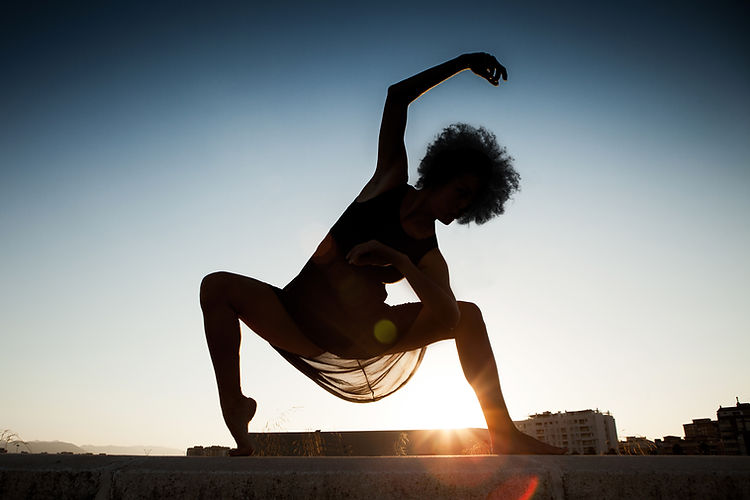BENJAMIN MITCHELL
ALEXANDER TECHNIQUE TEACHER
Why study the Alexander Technique?

Studying the Alexander Technique offers a wide range of benefits for physical, mental, and emotional well-being.
Here are some of the main benefits:
Physical
‣Improved posture
‣Prevention of injuries
‣Relief from chronic pain
‣Reduced tension and muscle strain
‣Enhanced coordination and balance
‣Improved breathing and voice control
Mental
‣Reduced reactivity
‣Greater self-awareness
‣Enhanced concentration
‣Improved focus and mindfulness
‣Enhanced mind-body connection
‣Reduction of performance anxiety
Emotional
‣Reduced anxiety
‣Increased confidence
‣Greater sense of calm
‣Reduced emotional stress
‣Improved emotional regulation
‣Freedom from emotional habits
In summary, studying the Alexander Technique can help you move, breathe, and live with greater ease, efficiency, and awareness. It’s a valuable tool for anyone seeking to improve their physical comfort, mental clarity, and overall quality of life.

Studying the Alexander Technique offers a wide range of benefits for physical, mental, and emotional well-being.
Here are some of the main benefits:
Physical
‣Improved posture
‣Prevention of injuries
‣Relief from chronic pain
‣Reduced tension and muscle strain
‣Enhanced coordination and balance
‣Improved breathing and voice control
Mental
‣Reduced reactivity
‣Greater self-awareness
‣Enhanced concentration
‣Improved focus and mindfulness
‣Enhanced mind-body connection
‣Reduction of performance anxiety
Emotional
‣Reduced anxiety
‣Increased confidence
‣Greater sense of calm
‣Reduced emotional stress
‣Improved emotional regulation
‣Freedom from emotional habits
In summary, studying the Alexander Technique can help you move, breathe, and live with greater ease, efficiency, and awareness. It’s a valuable tool for anyone seeking to improve their physical comfort, mental clarity, and overall quality of life.
The Alexander Technique, while beneficial in many ways, is sometimes misunderstood or misrepresented.
Here’s what the Alexander Technique isn’t:
NOT A FORM OF EXERCISE OR FITNESS REGIMEN
-
The Alexander Technique doesn’t involve strenuous workouts, muscle strengthening, or traditional exercises. It focuses on gentle, mindful movement and awareness rather than physical conditioning.
NOT A QUICK FIX
-
It’s not a “quick fix” for pain relief or posture correction. The Alexander Technique is a skill that requires time and practice to integrate into daily life. While it can relieve pain, it does so gradually by addressing the root causes of tension and poor movement habits.
NOT A PASSIVE THERAPY
-
Unlike massage, chiropractic work, or physiotherapy, the Alexander Technique is not something done to you. It requires active participation and self-awareness. The teacher guides you in understanding and changing your movement patterns, but you are responsible for applying these insights.
NOT A CURE-ALL
-
Although it helps with issues like chronic pain, tension, and poor posture, it’s not a cure-all for all physical ailments. Conditions that are structural or genetic may benefit from the technique, but it’s not a replacement for medical treatment or therapy.
NOT JUST FOR PHYSICAL HEALTH
-
While it’s often associated with posture and movement, the Alexander Technique is about more than physical improvement. It’s a holistic approach that influences mental focus, stress management, and even emotional well-being.
NOT JUST FOR PERFORMERS
-
Although popular with musicians, actors, and dancers, the technique is not exclusively for them. Anyone, regardless of profession, can benefit from the Alexander Technique, as it explores your habits and extraneous tension you might have through everyday activities like breathing, speaking, walking, driving, and using a computer.
NOT A MEDITATION PRACTICE OR SPIRITUAL DISCIPLINE
-
While it involves mindfulness and body awareness, the Alexander Technique is not meditation, yoga, or a spiritual practice. It doesn’t involve chanting or any spiritual rituals; its goal is practical and grounded in the physical realm of movement and alignment.
NOT ABOUT "CORRECT" POSTURE
-
The Alexander Technique doesn’t teach rigid postures or “perfect” alignment. Instead, it encourages natural, dynamic posture that adapts to each situation, allowing for flexibility and ease rather than stiffness or rigidity.
NOT A SET OF RULES
-
The Alexander Technique doesn’t impose strict rules or a one-size-fits-all approach. It’s a framework for understanding and improving your own patterns of movement, meaning that each person’s application of the technique may look slightly different.
NOT A NEW AGE OR ALTERNATIVE THERAPY
-
Despite sometimes being grouped with alternative practices, the Alexander Technique is based on principles of biomechanics and kinesthetic awareness rather than pseudoscience. It’s often supported by scientific research on movement and body awareness.
In short, the Alexander Technique is a practical and individualized method for becoming more aware of and changing your movement habits. It’s not a cure, exercise, or passive treatment, but rather a lifelong skill that emphasizes mindful, efficient, and balanced movement.


“The Alexander Technique has been very important to me. It’s about freedom, freedom of movement, and freedom of the mind.”
SIR COLIN DAVIS
Stay in touch!
I'd love to be in touch to share more about the Alexander Technique and upcoming workshops.